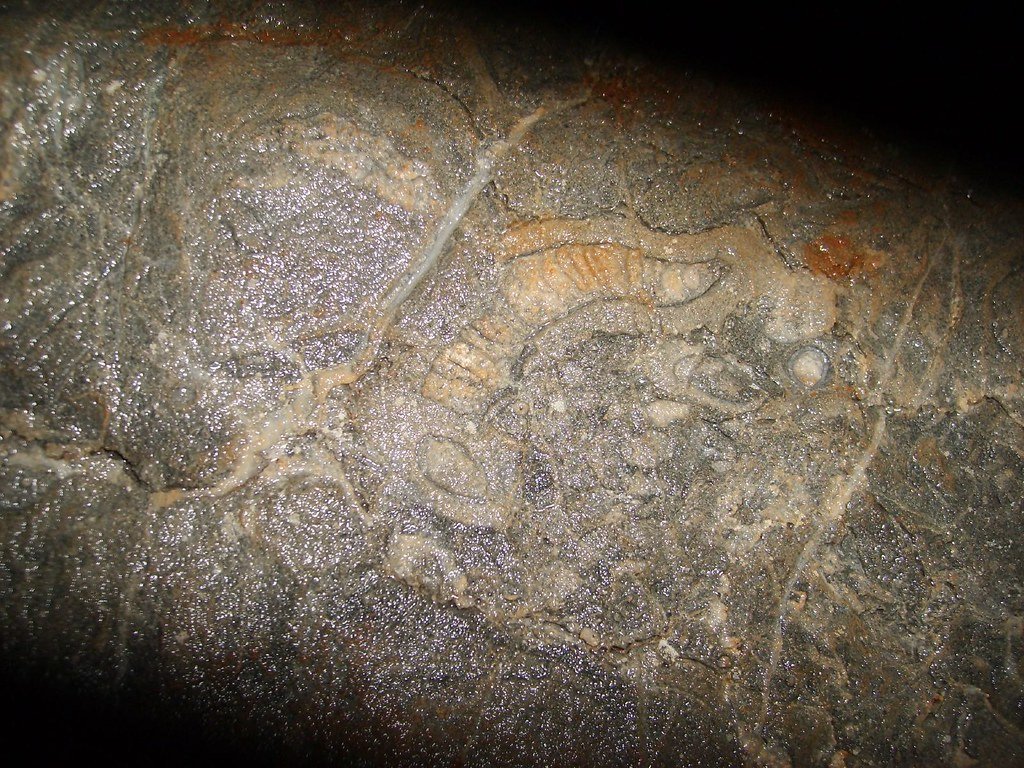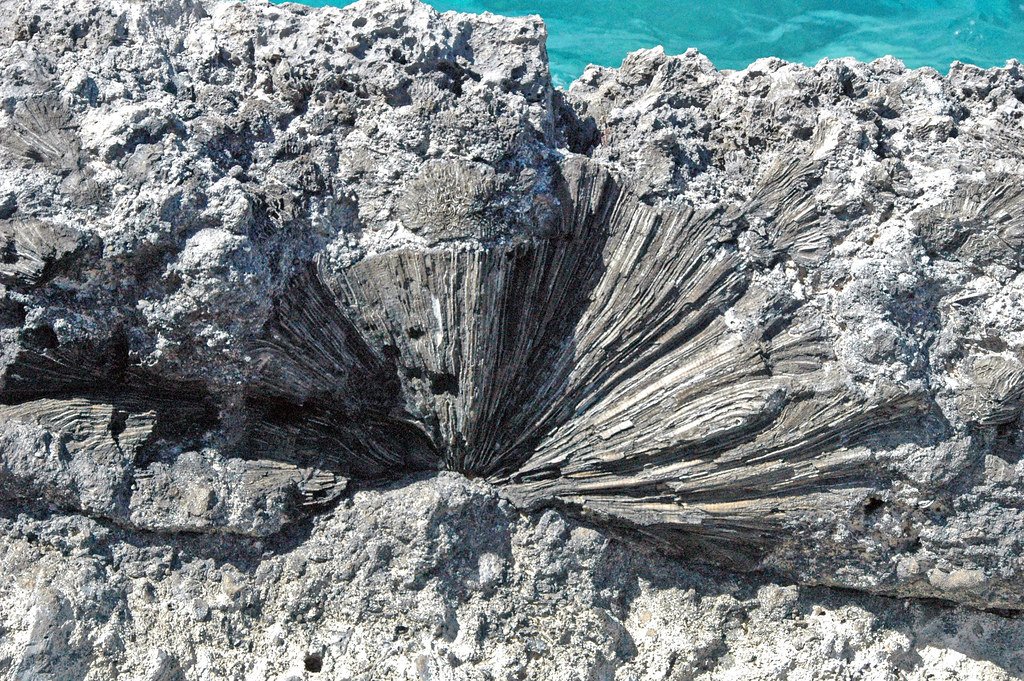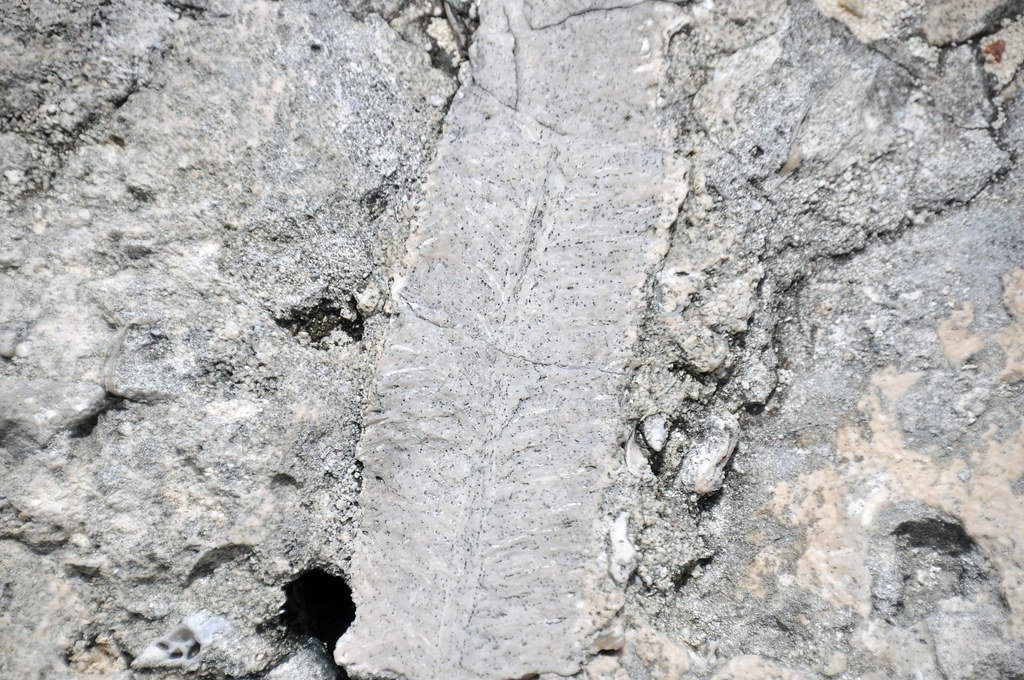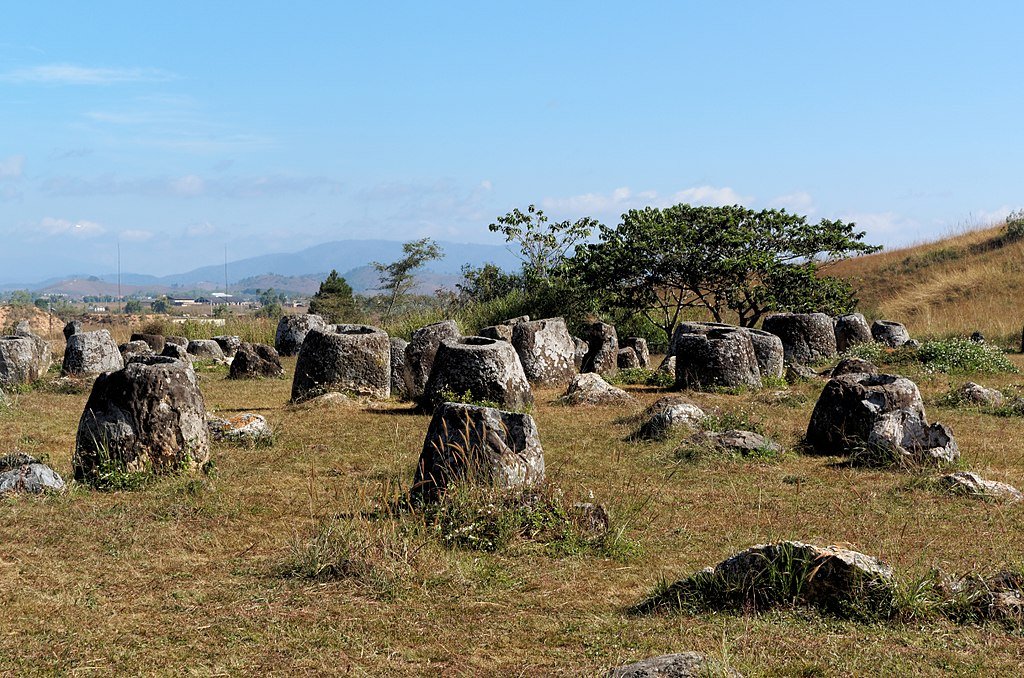A groundbreaking study of 7,000-year-old fossilized coral reefs has revealed how centuries of humans have dramatically altered Caribbean reef ecosystems. Published in Proceedings of the National Academy of Sciences, the research compares ancient reef communities with modern ones, uncovering a cascade of ecological changes triggered by the loss of top predators.
A Window Into Prehuman Reefs

Scientists from the Smithsonian Tropical Research Institute analyzed fossil reefs from Panama and the Dominican Republic, dating back to a time before human settlement. These reefs preserved thousands of fish otoliths (ear bones) and shark dermal denticles, allowing researchers to reconstruct ancient food webs with unprecedented detail.
Predator Loss and Prey Release

The study found that shark populations have declined by 75% and human-targeted fish species have shrunk by 22% in size. In contrast, prey fish, those once kept in check by predators, have doubled in abundance and grown 17% larger. This is the first fossil-based evidence of the “predator release effect,” where removing top predators allows prey populations to flourish unchecked.
Resilience at the Bottom
Interestingly, the smallest reef fish, cryptobenthic species that shelter in coral crevices, showed no significant change in size or abundance over millennia. Their stability suggests a surprising resilience to ecological upheaval, even as larger species and predators experienced dramatic shifts.
Implications for Conservation
By revealing what pristine reef ecosystems once looked like, the study provides a critical baseline for modern conservation. It underscores how human activity has not only reduced biodiversity but also restructured entire food webs, with long-term consequences for reef health and resilience.
Source:





